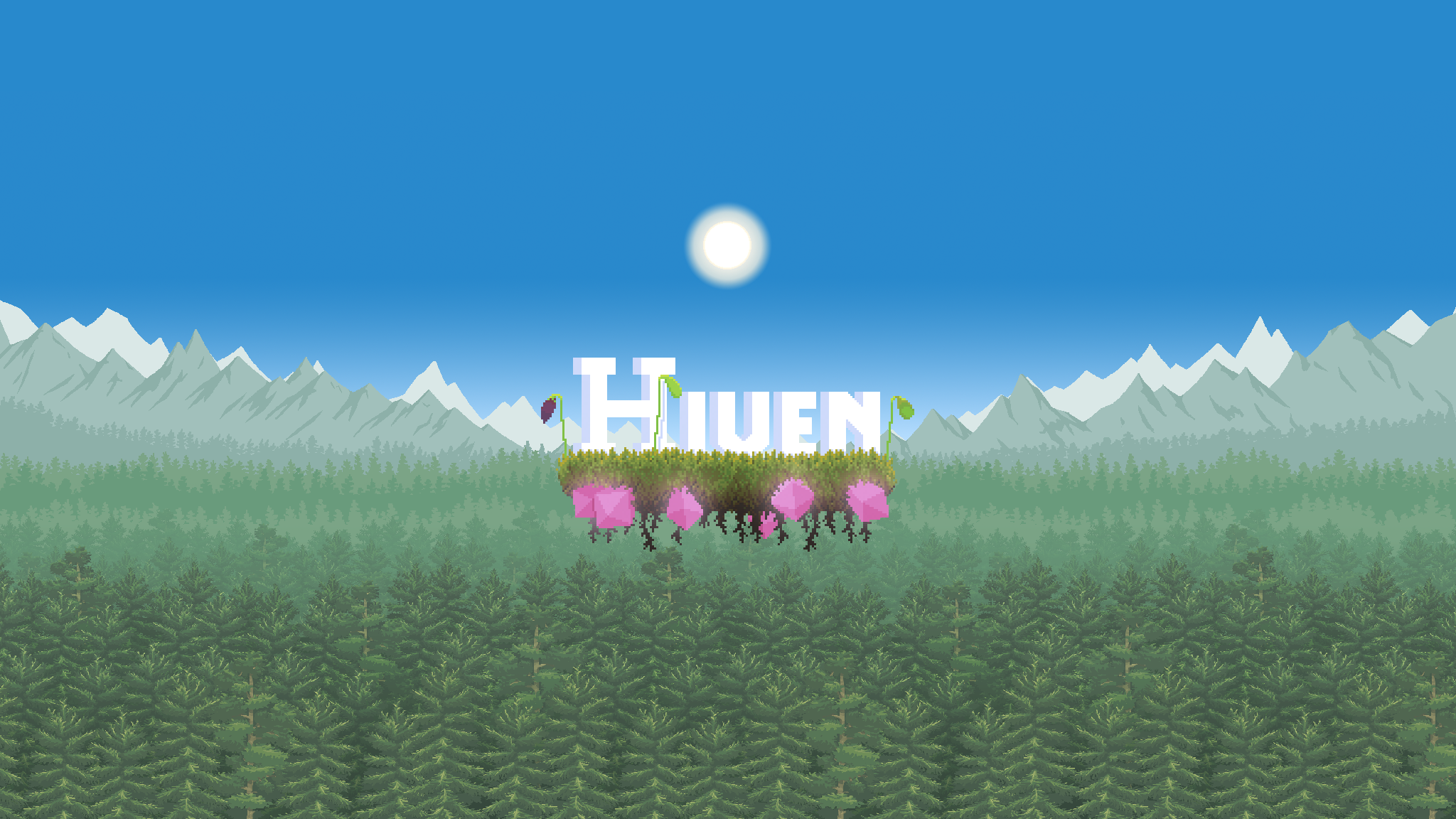All You Need To Know About The Appearance Of Hiven
The "appearance of hiven" has garnered significant curiosity among enthusiasts of the natural world, literature, and mythology. This term, often surrounded by intrigue, holds unique cultural and scientific connotations depending on its context. Whether it’s the manifestation of a mystical entity in folklore or the biological characteristics of a species, the appearance of hiven has captivated human interest for generations.
In this article, we will delve deep into the multifaceted aspects of the "appearance of hiven." From its origins and biological relevance to its cultural significance, we aim to provide a comprehensive understanding of this intriguing topic. With a detailed breakdown of its elements, we’ll address various questions surrounding its existence, meaning, and relevance in today’s world. Our approach is rooted in detailed research and expert insights to ensure that the information presented meets the highest standards of accuracy and reliability.
By the end of this read, you’ll have a well-rounded understanding of not just the "appearance of hiven" but also its applications across different domains, including science, literature, and societal beliefs. Let’s embark on this detailed exploration to unravel the layers of what makes the "appearance of hiven" such a fascinating subject.
Read also:Effective Solutions To Deal With A Large Zit On Face
Table of Contents
- Biography and History of Hiven
- What is the Appearance of Hiven?
- How Has the Appearance of Hiven Evolved Over Time?
- Scientific Perspectives on the Appearance of Hiven
- Cultural and Mythological Relevance
- Why Is the Appearance of Hiven Significant?
- Biological Characteristics Associated with Hiven
- What Factors Influence the Appearance of Hiven?
- Case Studies and Observations
- Modern Interpretations and Usage
- Technological Impact on the Study of Hiven
- What Do Experts Say About the Appearance of Hiven?
- Frequently Asked Questions
- Conclusion
Biography and History of Hiven
The roots of the term "appearance of hiven" can be traced back to various disciplines, including natural science, mythology, and linguistics. While the exact origins remain debated, several theories suggest that "hiven" may have been derived from ancient texts or biological classifications. The term has since evolved to encompass a wide range of meanings, each contextually significant.
Personal Details and Bio Data
| Aspect | Details |
|---|---|
| Origin | Varied (Mythological and Scientific) |
| Primary Context | Biological and Cultural |
| First Recorded Use | Unknown, but prevalent in folklore |
| Significance | Interdisciplinary |
The historical journey of the "appearance of hiven" illustrates its adaptability and relevance across centuries. Its initial uses were often confined to storytelling and folklore, but as scientific understanding grew, the term found its place in biological studies and cultural discussions.
What is the Appearance of Hiven?
At its core, the "appearance of hiven" refers to the manifestation or observable characteristics of an entity, organism, or concept associated with the term "hiven." The definition varies depending on the context in which it is applied. In biological terms, it could describe the physical traits of a species, while in cultural contexts, it might refer to the symbolic or mythical representation.
Features Commonly Attributed to Hiven
- Complex and intricate structure
- Symbolic representation in mythology
- Biological relevance in natural sciences
- Aesthetic and philosophical significance
Understanding the nuances of the "appearance of hiven" requires an interdisciplinary approach. By analyzing its characteristics through different lenses, we can gain a clearer picture of its multifaceted nature.
How Has the Appearance of Hiven Evolved Over Time?
The evolution of the "appearance of hiven" is marked by significant milestones across various domains. Historically, the term was primarily used in folklore and mythology to describe mystical entities. Over time, with the advent of scientific research, it began to encompass biological phenomena and observable traits in living organisms.
Stages of Evolution
- Mythological Origins
- Linguistic Developments
- Scientific Incorporation
- Modern Interpretations
This transformation highlights the adaptability of the "appearance of hiven" as a concept, reflecting changes in human understanding and cultural significance.
Read also:Can Sunlight Naturally Lighten Your Hair Does Sun Bleach Your Hair
Scientific Perspectives on the Appearance of Hiven
From a scientific viewpoint, the "appearance of hiven" is often associated with the study of physical traits, environmental adaptations, and evolutionary biology. Researchers have explored its implications in understanding species differentiation, ecological roles, and genetic factors.
Key Scientific Findings
- Role in evolutionary studies
- Impact on ecological balance
- Genetic markers associated with hiven-like traits
These findings underscore the importance of scientific inquiry in unraveling the complexities of the "appearance of hiven."
Cultural and Mythological Relevance
The "appearance of hiven" holds a special place in cultural and mythological narratives. Across various civilizations, it has been depicted as a symbol of mystery, power, and transformation. These interpretations often serve as allegories for human experiences and natural phenomena.
Cultural Representations
- Folklore and legends
- Symbolism in art and literature
- Religious and spiritual significance
These cultural interpretations add depth to our understanding of the "appearance of hiven," enriching its narrative with layers of meaning.
Why Is the Appearance of Hiven Significant?
The significance of the "appearance of hiven" lies in its ability to bridge the gap between science and culture. It serves as a focal point for discussions on biological diversity, ecological balance, and cultural identity. Additionally, its symbolic interpretations offer valuable insights into human psychology and societal values.
In the following sections, we will explore these aspects in greater detail, providing a holistic view of the "appearance of hiven."
Frequently Asked Questions
1. What does the "appearance of hiven" mean in mythology?
In mythology, the "appearance of hiven" often symbolizes transformation, mystery, or otherworldly phenomena.
2. How is the "appearance of hiven" studied in science?
Scientists study the "appearance of hiven" through evolutionary biology, ecological research, and genetic studies to understand its biological significance.
3. Are there real-life examples of the "appearance of hiven"?
Yes, certain species or natural phenomena exhibit traits that align with the characteristics attributed to the "appearance of hiven."
4. What role does technology play in studying the "appearance of hiven"?
Technology aids in the detailed observation and analysis of traits associated with the "appearance of hiven," enhancing our understanding of its complexities.
5. Why is the "appearance of hiven" relevant today?
Its relevance lies in its interdisciplinary applications, offering insights into science, culture, and societal values.
6. Can the "appearance of hiven" be seen as a metaphor?
Absolutely. In cultural and literary contexts, it is often used as a metaphor for transformation, mystery, or complexity.
Conclusion
The "appearance of hiven" is a multi-dimensional concept that transcends disciplinary boundaries. From its roots in mythology to its scientific applications, it continues to capture human imagination and intellectual curiosity. By exploring its various facets, we gain a deeper understanding of its significance and relevance in today’s world.
Whether you’re a scholar, a cultural enthusiast, or simply curious about the natural world, the "appearance of hiven" offers a wealth of knowledge and inspiration. Its enduring appeal lies in its ability to connect diverse fields of study, making it a truly fascinating subject to explore.
For further reading, visit Britannica for more in-depth information on related topics.
Article Recommendations

